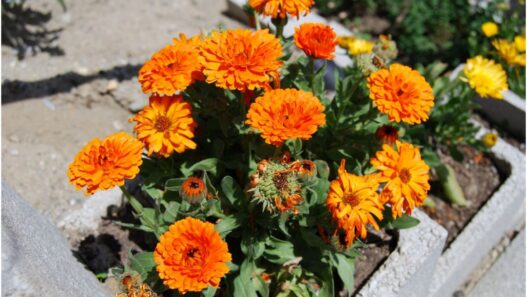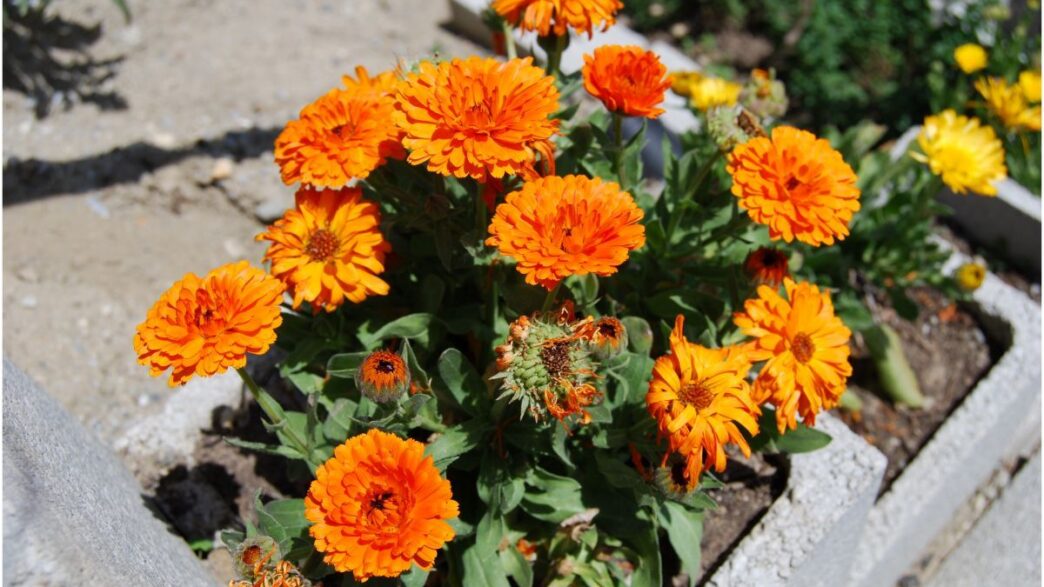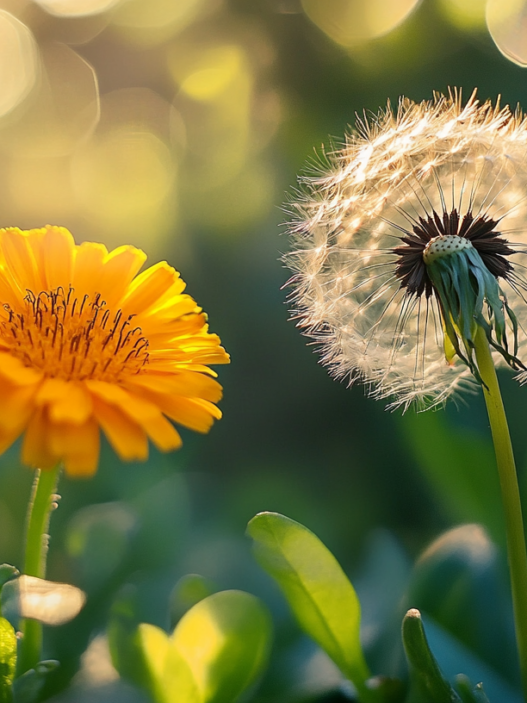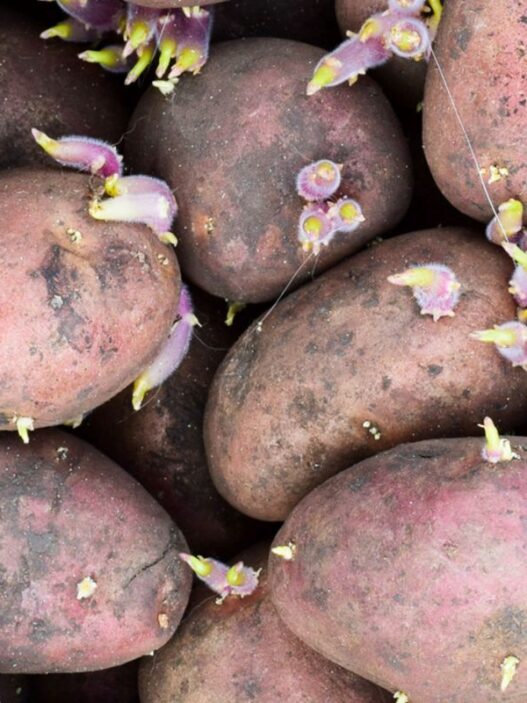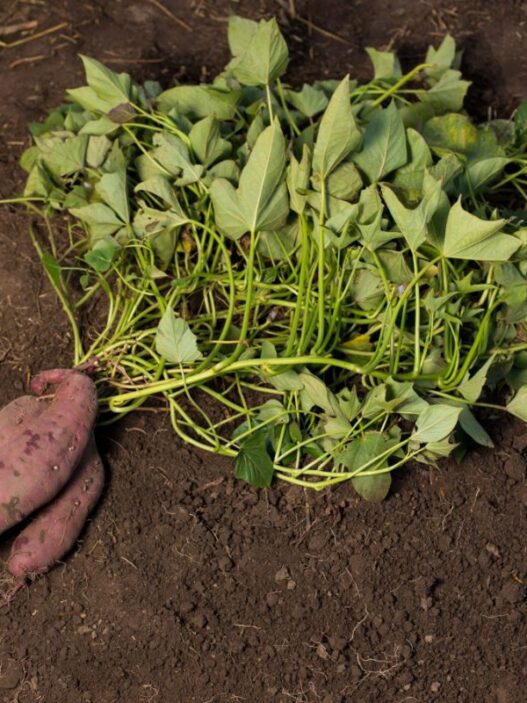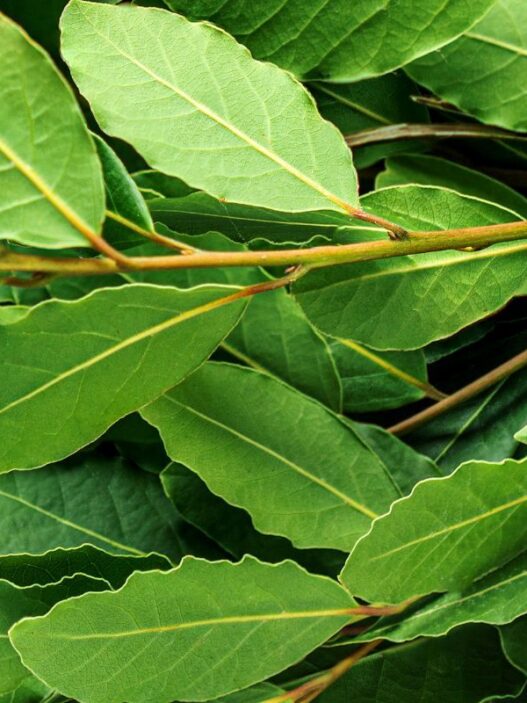Self-seeding plants are ones that drop their seeds after they are fully grown at the end of their cycle. The seeds then grow into fully-fledged plants for the next season.
Does calendula self-seed?
Yes, calendula does self-seed. It drops its seeds at the end of its growing cycle. These then grow into fully-bloomed plants for the next season. The cycle repeats itself.
However, there are a few things you need to know about to get the most out of this process. I’ve been growing calendula for years, and in this post, I’ll look at:
- Is calendula a self-seeding plant?
- The crucial step you must skip!
- How to harvest the seeds of a calendula
- How to sow the seeds of a calendula
- How low maintenance is Calendula?
- How to care for calendula plants

Is Calendula a Self-Seeding Plant?
Self-seeding plants drop seeds on the soil around them at the end of their growing season. The seeds eventually grow into a full plant, and the cycle repeats itself.
By that definition, yes, calendula is a powerful self-seeding plant.
However, If you want your calendula to self-seed, though, you’re going to have to skip a crucial maintenance step.
Don’t Deadhead
Calendula starts dying as it reaches the end of its growing season. So, you might be tempted to deadhead it. Don’t.
Deadheading is an effective way to get rid of spent flowers and grow a healthier plant. It gives more room for air circulation and allows the plant to receive more light.
However, if you cut the head of your calendula before it reaches the end of its growing season, you won’t have good seeds.
So, it won’t regrow. Just provide the ideal growing environment and let it be. In a few weeks, you’ll end up with a gorgeous, fully-grown calendula.
How to Harvest the Seeds of a Calendula?
Let’s assume you don’t want the plant to self-seed. Maybe you’re afraid it’ll get out of hand.
In that case, it’s better to harvest the seeds and store them for when the time is right. So, how can you do that?
Identify When the Seeds Are Ready to be Harvested
Calendulas go through different transformations throughout the season, switching from vibrant orange to dark green.
You’ll know the seeds are ready to be harvested when that green head turns brown and dry.
The harvesting process itself is quite simple. Rub the brown head with your finger, and the seeds will fall on your hand.
Before you store them, make sure the seeds are completely dry. If they’re not, you’ll end up with mold in your container, which will ruin them.
You can leave the seeds to dry for a couple of days. If you’re going to dry it outdoors, make sure they sit in a shaded area.

Store the Seeds in a Proper Environment
Calendula seeds are easy to store, and the best part is that you have different storage options. Generally, you want to keep it in a container that keeps moisture out.
A mason jar would be a good fit. A plastic ziplock bag would work just as well.
You also want to keep the seeds somewhere cool. So, a fridge or a freezer would do the trick.
How to Plant the Seeds of a Calendula?
Calendula is a flexible plant. It can grow both outdoors (direct sowing) and indoors (raising seedlings).
With slightly different growing conditions, let’s see how you can provide the ideal environment both indoors and outdoors.
Direct Sowing
- Plant them after the last spring frost
- Leave a 6-inch space between every seed
- Plant the seeds ¼-½ an inch deep into the soil
- Make sure the soil stays moist
Raise Seedlings
- Wait 4 weeks before the last frost
- Use seedling trays and a seed-raising soil mix
- Plant the seeds ¼-½ an inch deep into the soil
- Leave a 6-inch space between every seed
- You can move the plant to the garden once its leaves become tall enough (3.9 inches)
How Low Maintenance Is Calendula?
There are a lot of reasons to plant calendula in your garden. Not only is it easy to grow, but the orange and brown combo offers a unique aesthetic.
It’s also a low-maintenance plant that can withstand different weather conditions. But, how low maintenance is it? Does calendula self-seed?
In this article, we’ll tell you everything you need to know about calendula’s seeding and growing habits so you can enjoy the full bloom of this plant.
| Plant type | Planting season | Maintenance needs | Height |
| Annual perennial herb | Spring | Low | 10-12 inches |
How to Care for a Calendula?
Now that you have the seeds, you need to know the ideal growing conditions for calendula.
It’s a flexible plant that can adapt to the surrounding environment. So, you don’t have to put too much effort into maintaining it.
That doesn’t mean it doesn’t have specific requirements, though. Let’s see how you can provide the ideal growing environment for your calendula.
Soil
Calendula thrives in well-drained soil. Go with something high in organic materials, as they improve the soil’s drainage abilities.
Ideally, your soil should be mildly acidic, with a pH level of 6-7. African Violet potting mix would be an excellent choice in this case.
It has good drainage properties and its acidity level ranges between 6-6.5.
Watering
Make sure you only water your calendula when the soil is dry. Overwatering can cause root rot.
1-1.5 inches of weekly water should be enough. Pay more attention to your watering routine during the calendula’s growing season.
They can tolerate low-water conditions. So, once they mature, you don’t need to be as frequent with watering.
Lighting
Calendulas prefer full exposure to direct sunlight, but a little bit of shade wouldn’t hurt.
Temperature
While calendula can adapt to different growing conditions, you don’t want to grow it in extreme weather. It won’t kill it, but your plant will stop growing.
Do you know what would kill your calendula, though? A hard freeze. If you find yourself in that situation, cover your plant with a frost blanket.
You can uncover it the following morning if the sun is bright enough.
Fertilizer
If you provide your calendula with good soil, it won’t need fertilizing. If the soil isn’t ideal, though, then applying compost to your soil before planting the seeds can stimulate healthier growth.
You can also go with a slow-release fertilizer to develop stronger roots and lower the risk of burning the leaves.
Pest and Diseases
While calendulas aren’t immune to pests or diseases, you can easily handle these threats with simple steps. That’s how resilient they are.
One of the most common pests that attack calendula is aphids. Fortunately for you, a good wash is enough to kick them out.
Additionally, you might want to hold back on using fertilizers, as the increased nitrogen levels can be the source of aphids’ attraction.
If you’ve noticed that some of the calendula’s leaves are turning white, you might be dealing with powdery mildew.
You can start fighting mildew by cutting the affected leaves. Then, try to leave more space between the plants to give more room for air circulation.
